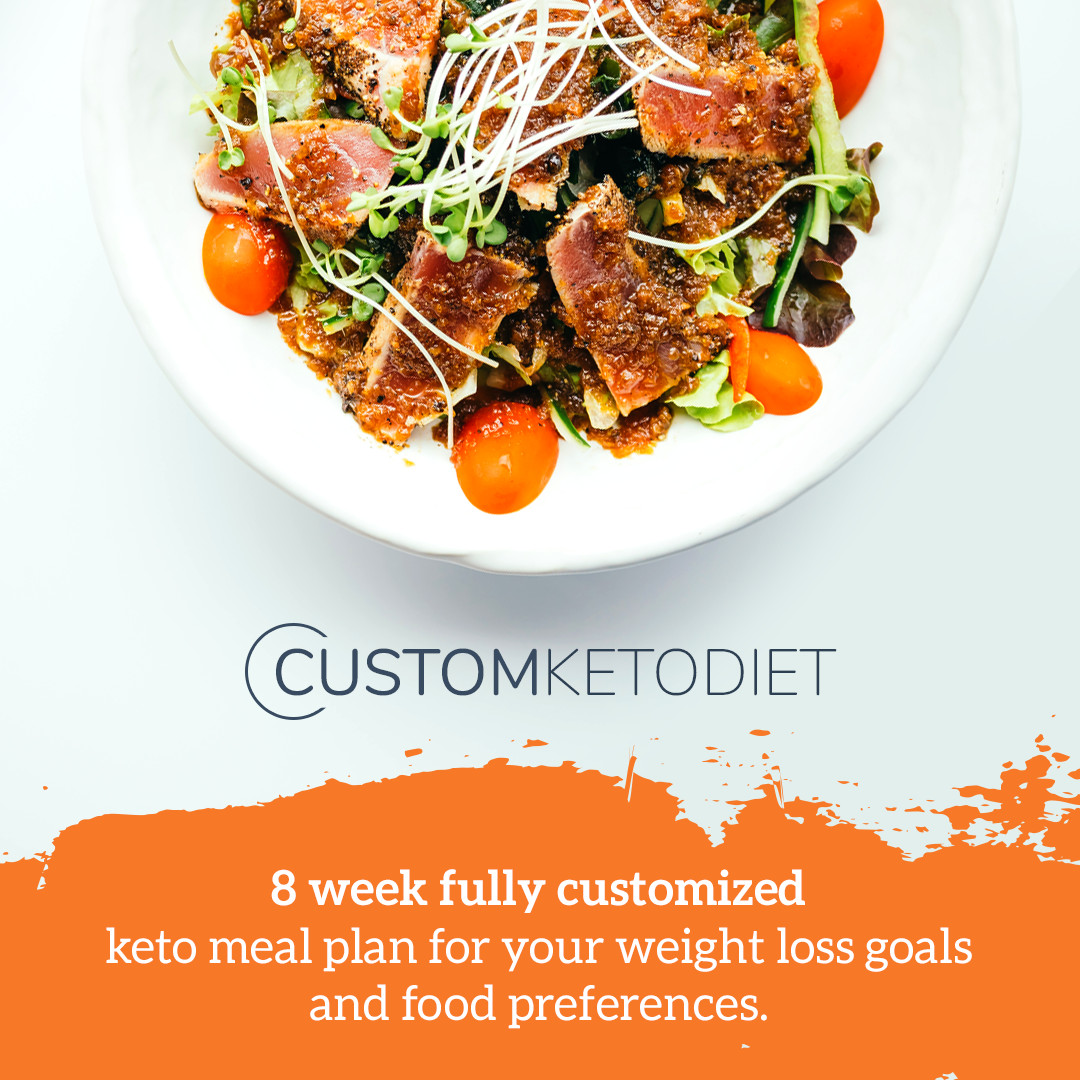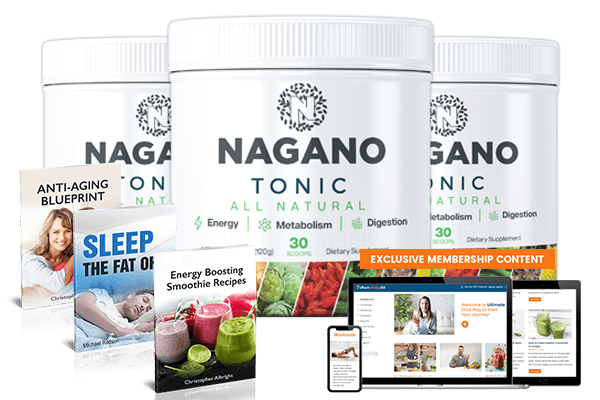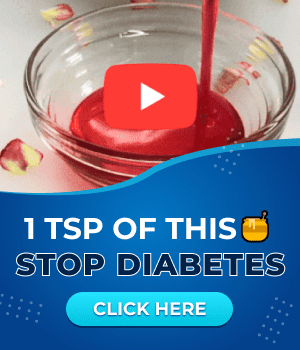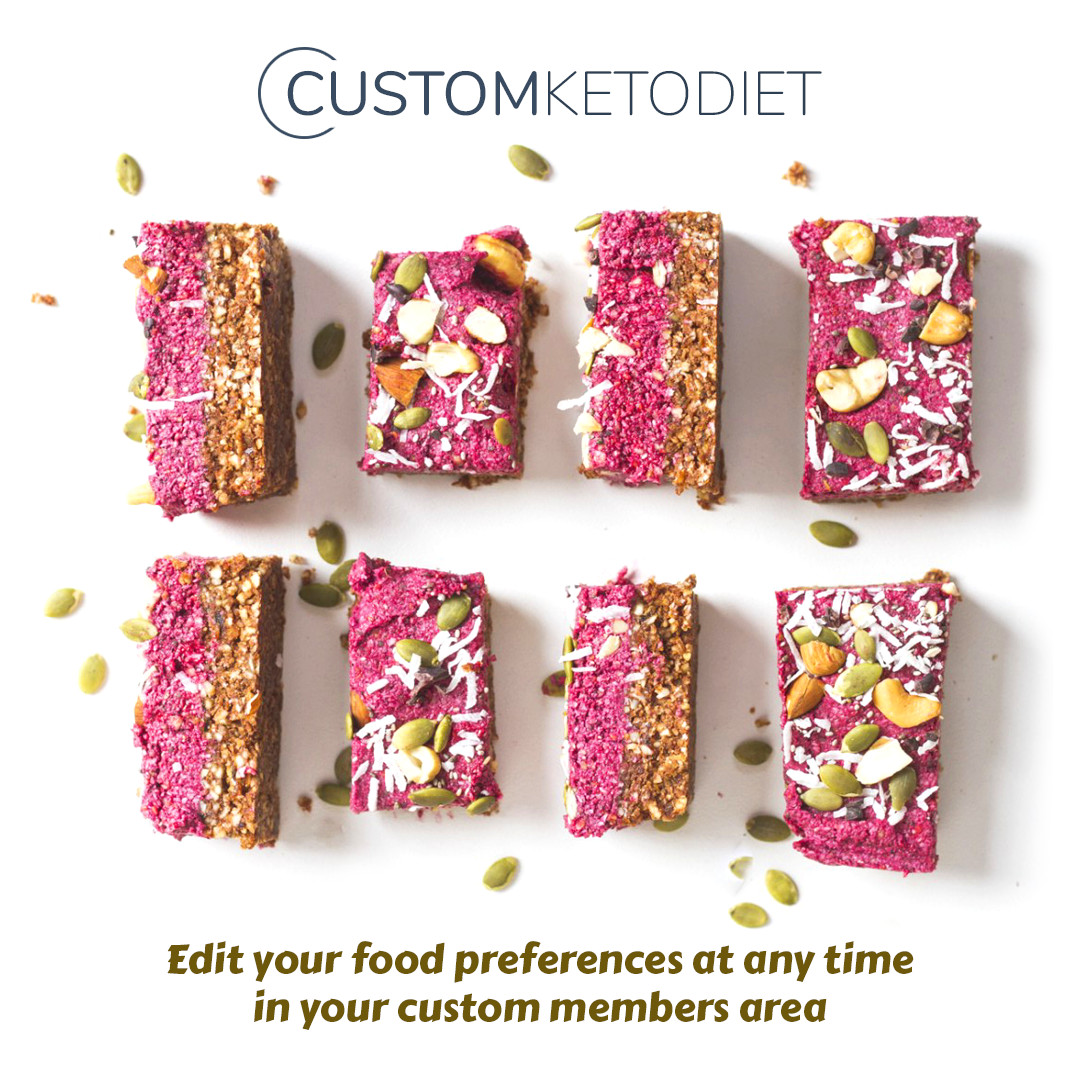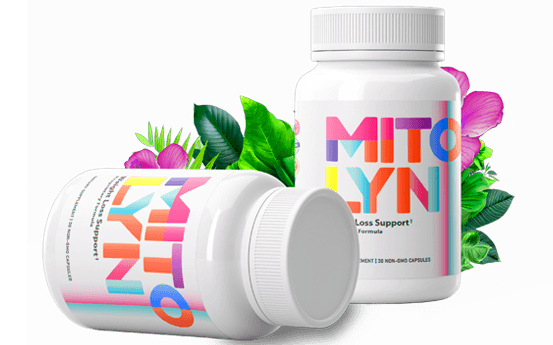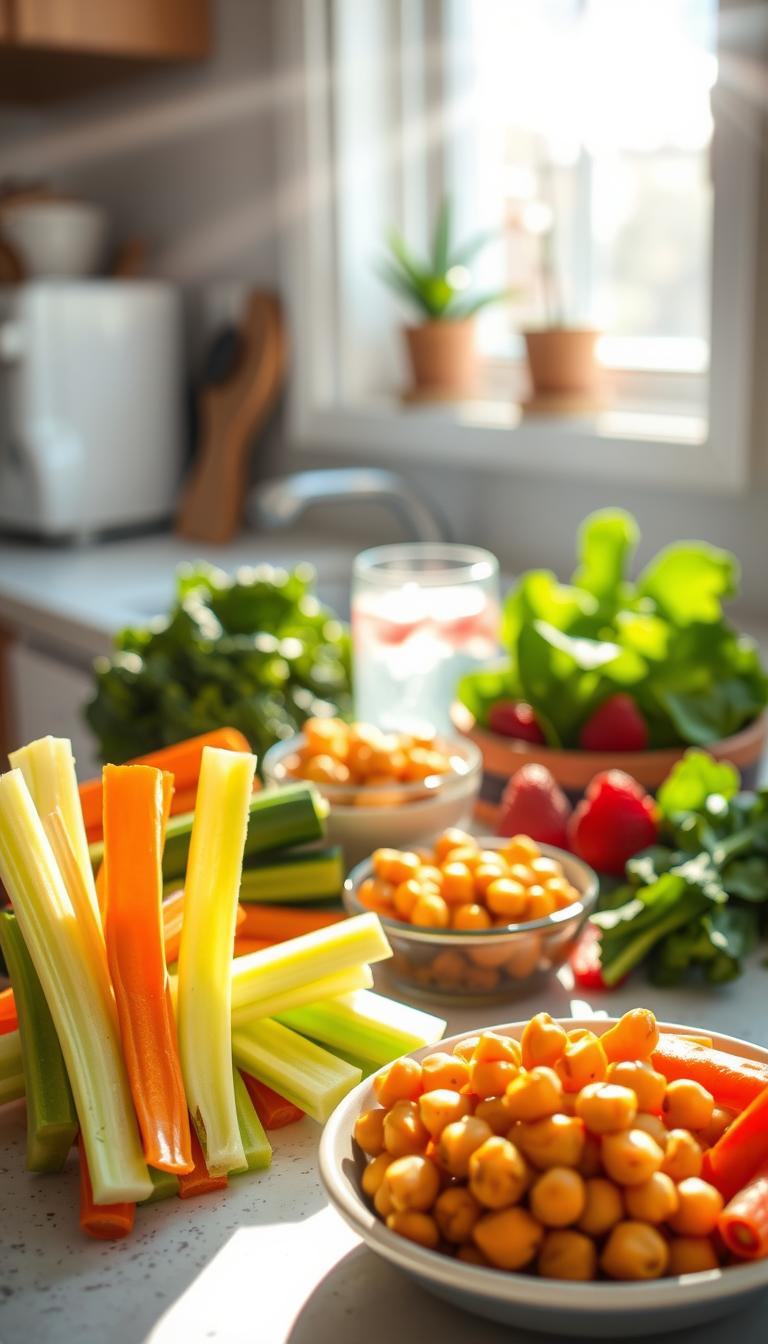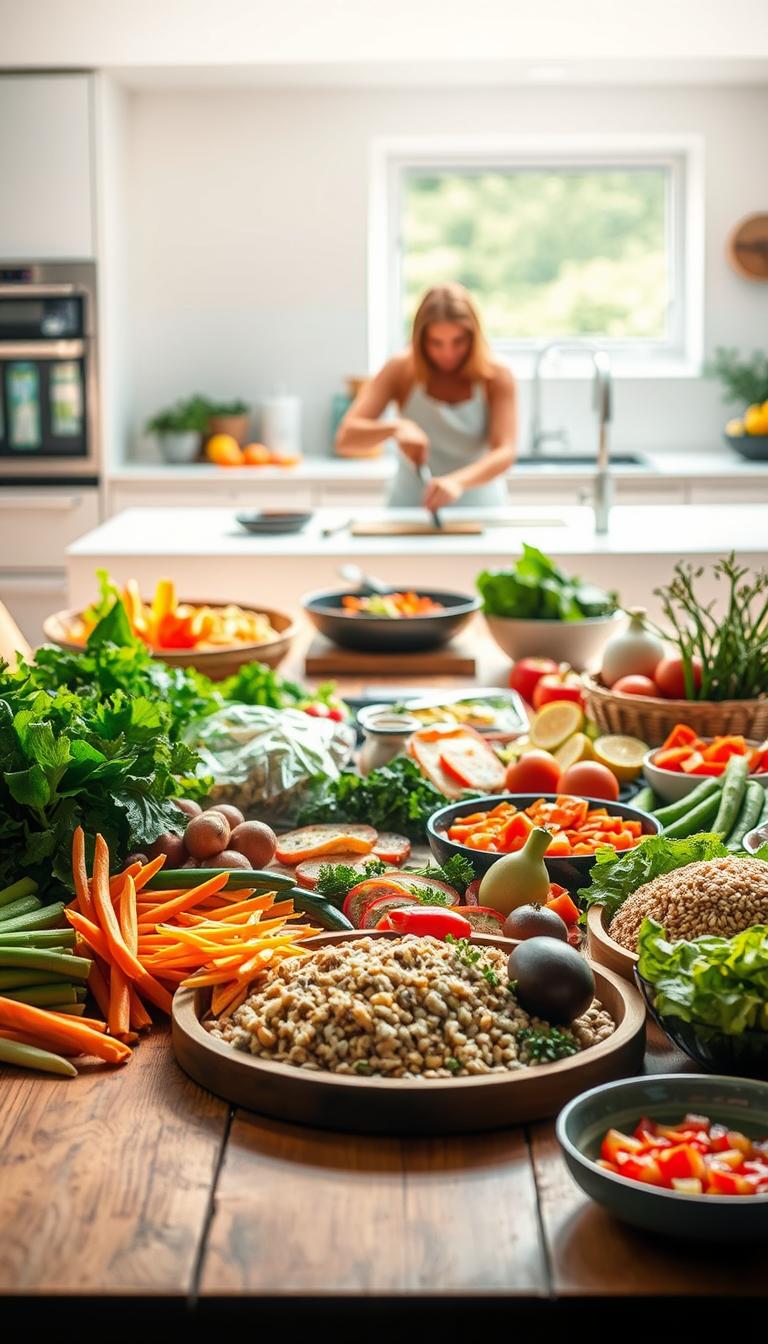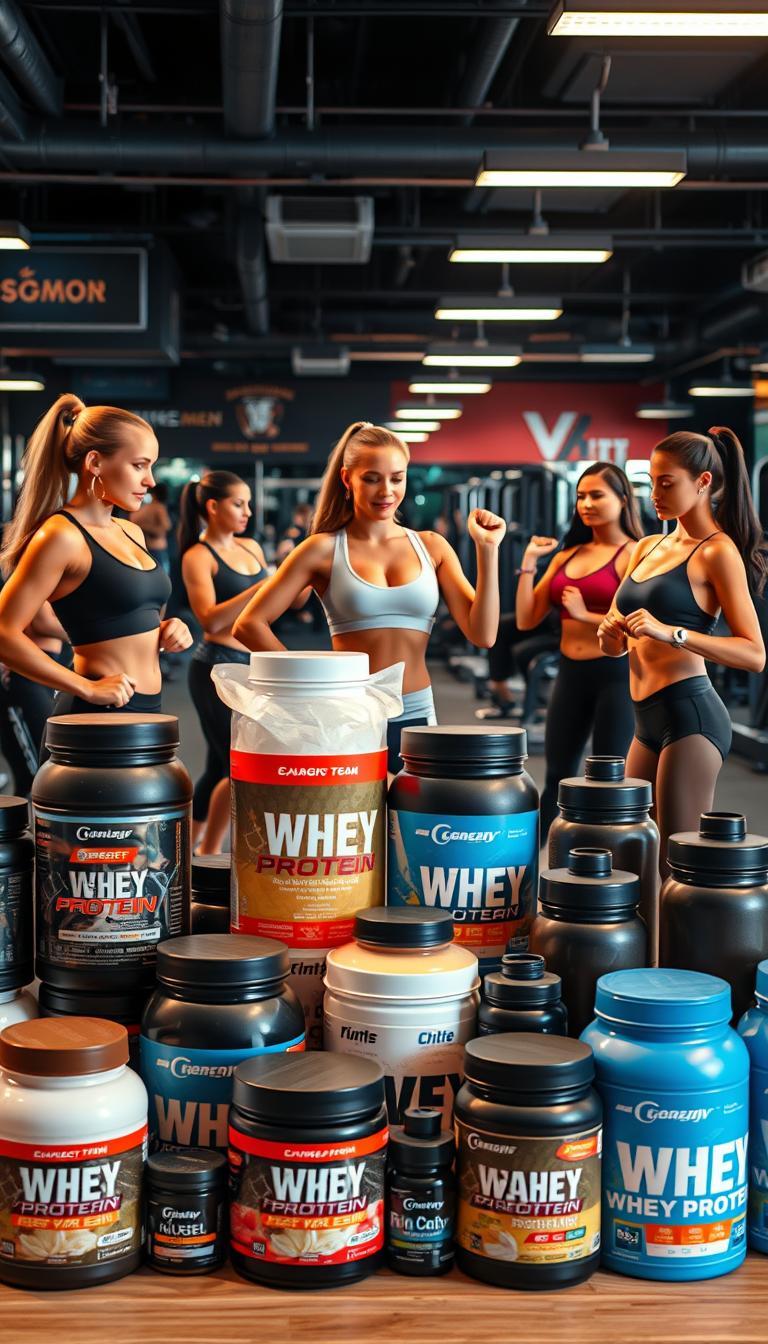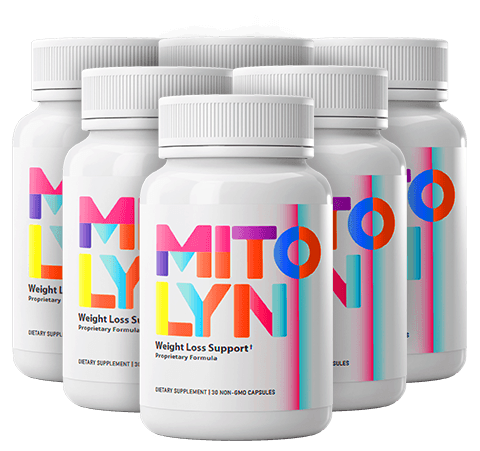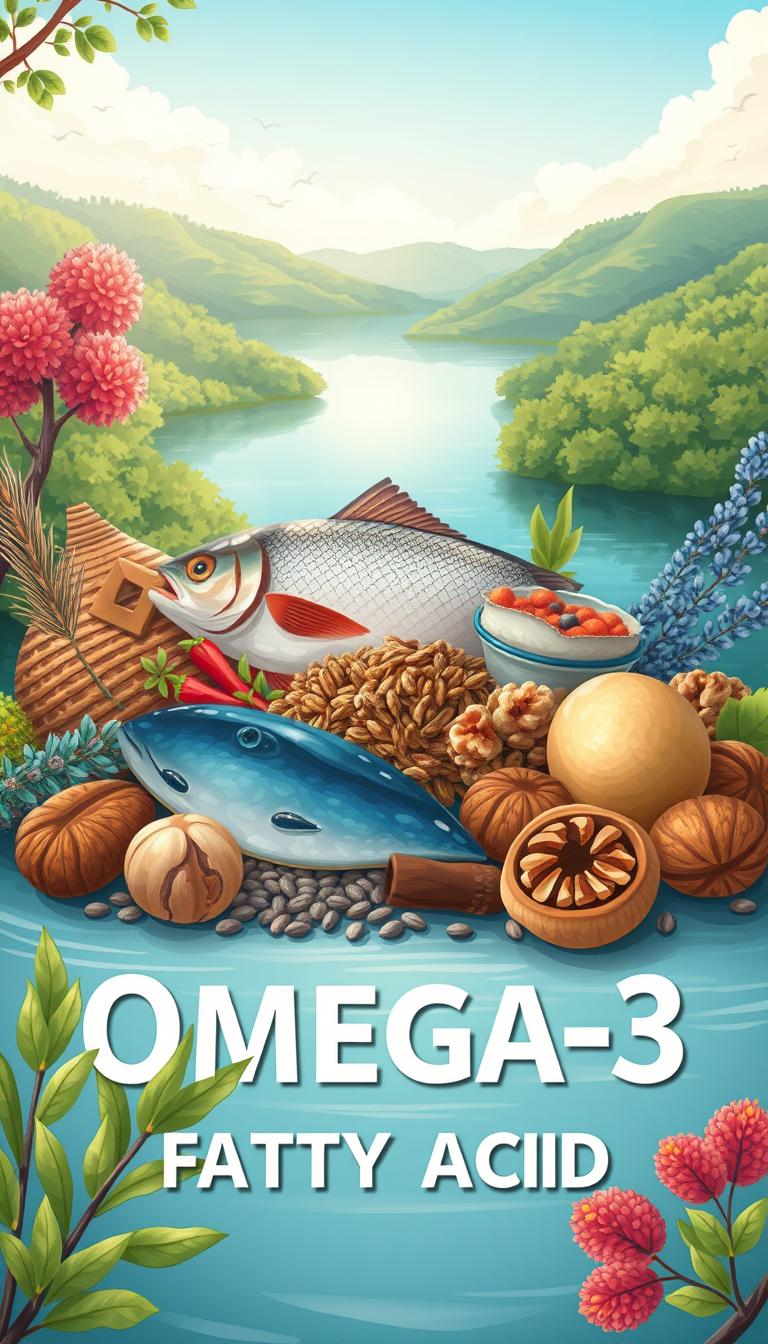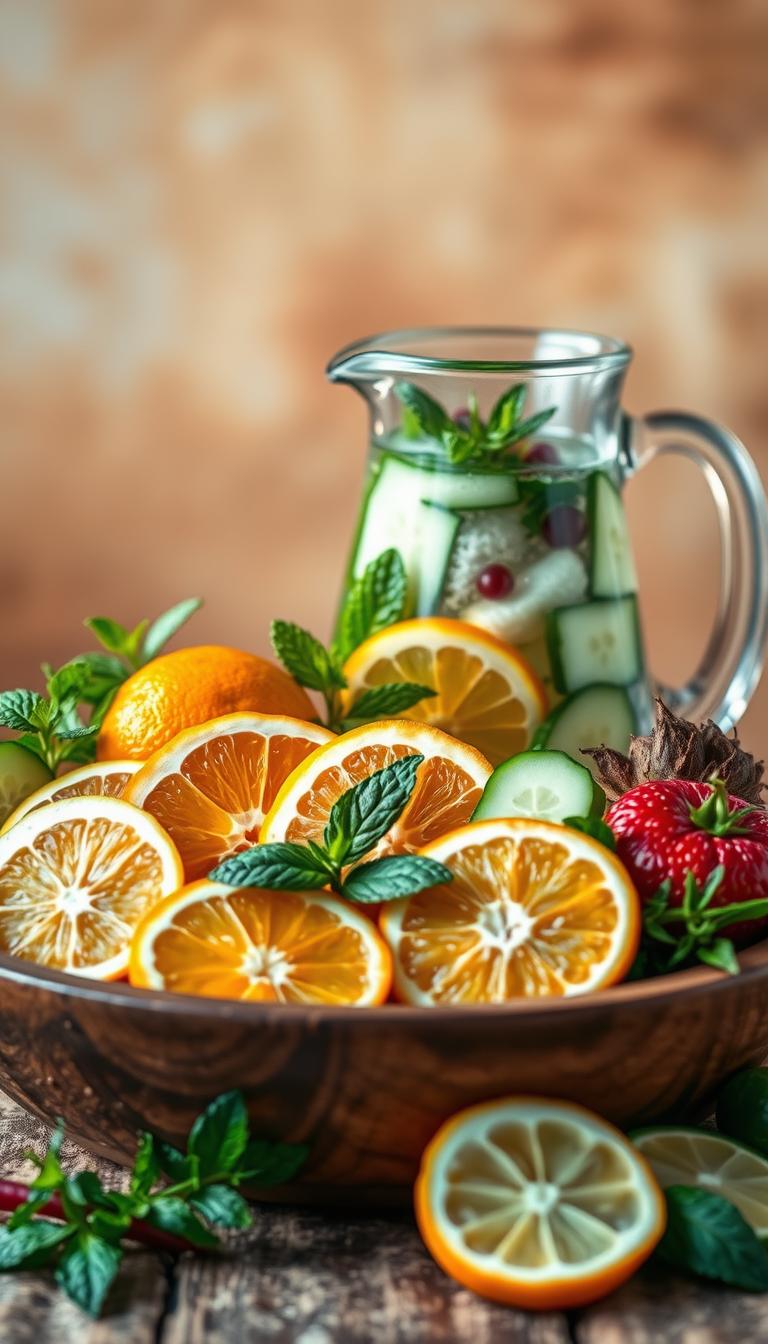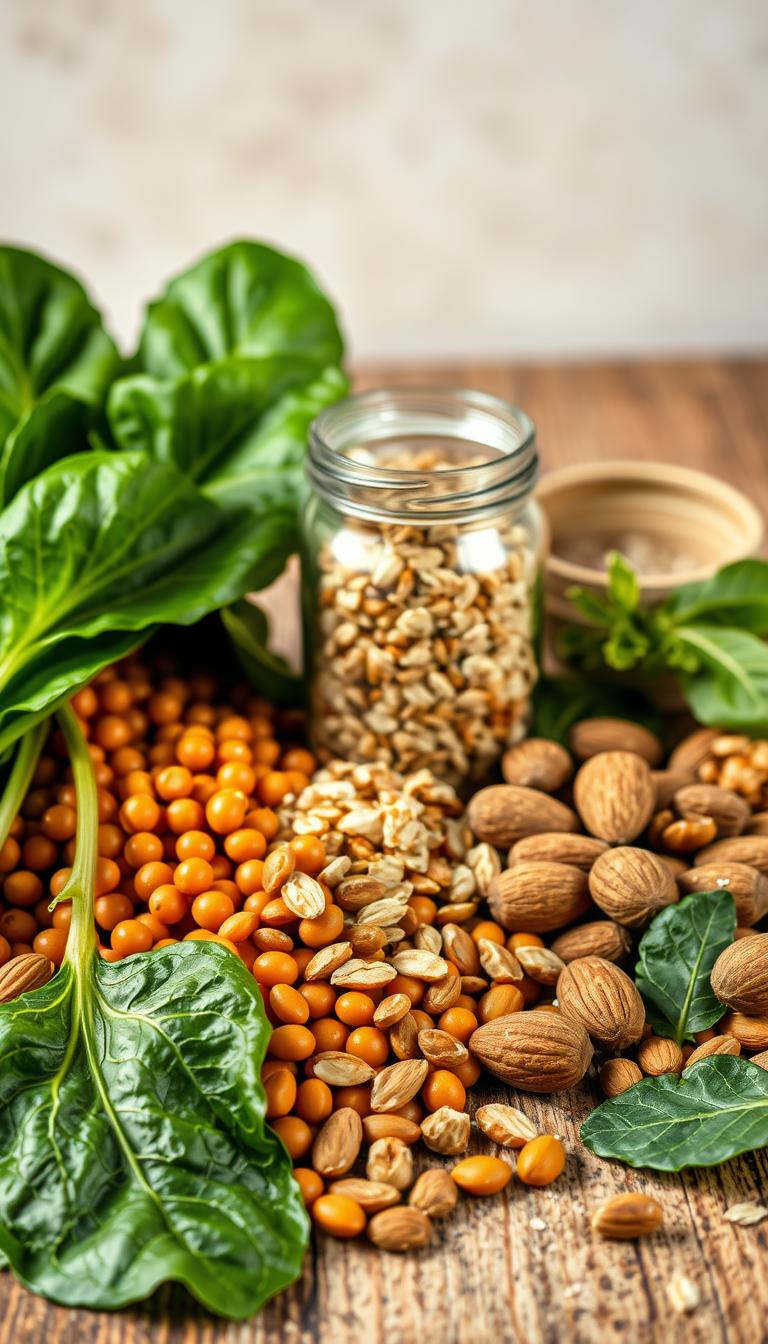
Ever feel drained, no matter how many cups of coffee you drink? Your body might be craving iron. This vital nutrient powers your energy and keeps you sharp all day.
Foods like clams, spinach, and dark chocolate are full of iron. Iron makes sure oxygen flows through your blood. Without enough, even simple tasks can exhaust you.
Whether you’re plant-based or enjoy animal proteins, this guide helps. It shows how to add high iron foods to your diet. Learn why heme iron from beef and turkey works well with non-heme options like lentils and pumpkin seeds.
Discover smart pairings that boost absorption. Find out how to tailor your iron-rich diet to your lifestyle.
Key Takeaways
- Iron fuels oxygen delivery to muscles and organs
- High iron foods include clams, spinach, and dark chocolate
- Heme iron (beef, turkey) and non-heme (beans, seeds) work differently
- Pairing vitamin C with meals boosts absorption of plant-based iron
- An iron-rich diet can prevent fatigue and support immune health
Why Iron is Essential for Your Overall Health
https://www.youtube.com/watch?v=BgdPeNr3TgY
Your body needs iron to stay energized and focused. Iron helps your body make hemoglobin, which carries oxygen. Without enough, you might feel tired and weak.
The Role of Iron in Oxygen Transport
Iron is key for hemoglobin and myoglobin. These proteins carry oxygen to your muscles and tissues. Without enough iron, you might get short of breath and dizzy.
How Iron Supports Energy Production
Iron helps make ATP, your body’s energy. When iron is low, you feel tired. Adults need 8 mg, 18 mg, or 27 mg during pregnancy. Eating iron-rich foods boosts your energy.
Iron’s Impact on Cognitive Function
Iron is also good for your brain. It helps make neurotransmitters and improves focus and memory. Even a little deficiency can make you less sharp. Pregnant women and kids need more iron for brain growth. Eating foods high in iron with vitamin C helps your body use iron better.
Signs Your Body May Be Craving More Iron
Feeling really tired or run down? Your body might be trying to tell you something. Iron deficiency symptoms start small but can get worse. Look out for signs like feeling tired all the time, pale skin, or nails that break easily.
Also, watch for dizziness, headaches, or a fast heartbeat when you’re doing simple things.
- Unexplained exhaustion despite enough sleep
- Cold hands and feet even in warm settings
- Sore or swollen tongue
- Cravings for non-food items like ice, dirt, or starch (a condition called pica)
- Shortness of breath during mild exertion
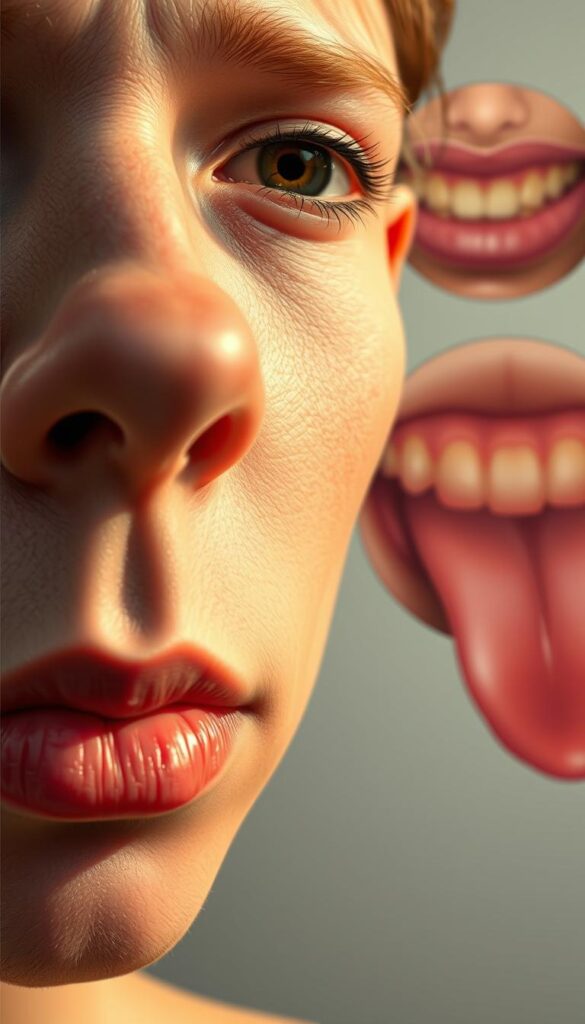
Studies show that individuals with pica often have low iron levels, and iron supplements can reduce these cravings in many cases.
Women, pregnant people, vegetarians, and athletes are more likely to need more iron. If you see these iron deficiency signs, keep track of them. Severe cases can lead to anemia, causing chest pain or rapid heartbeat. Always talk to a doctor before taking supplements—self-diagnosis can cause problems.
Your body’s subtle clues are important. Pay attention to how you feel. If symptoms last, get tested. Small changes in diet or lifestyle can help a lot.
Plant-Based Iron-Rich Foods to Power Your Day
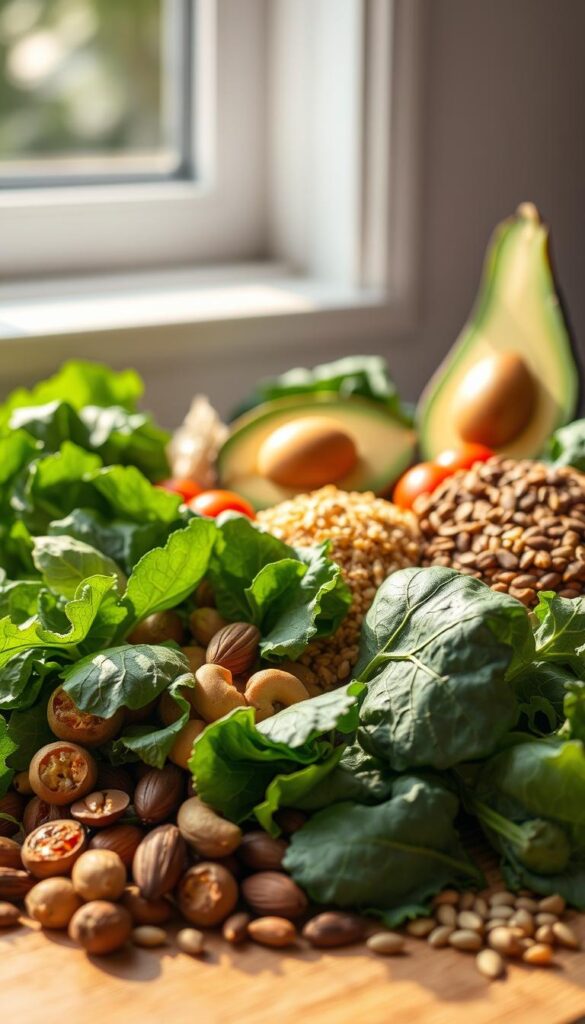
Boost your iron intake without meat by embracing plant-based iron sources. Iron rich vegetables, beans, and nuts offer powerful nutrients to fuel your energy levels. Here are top picks to add to your meals.
Leafy Greens: Nature’s Iron Powerhouses
Iron rich greens like spinach (3.5mg per half cup cooked) and Swiss chard deliver both iron and vitamin C. Toss kale into stir-fries or blend chard into pasta dishes. These iron rich greens also contain magnesium and calcium for added benefits.
Legumes and Beans: Protein and Iron Combined
Legumes are iron rich beans that pair protein with minerals. Cook lentils (3.5mg per half cup) into soups or mash chickpeas into hummus. Add kidney beans to salads for a 2mg per half cup boost. Soaking beans cuts antinutrients, improving absorption.
Seeds and Nuts That Pack an Iron Punch
Snack on iron rich nuts like cashews (2.2mg per quarter cup) or sprinkle pumpkin seeds (3mg per quarter cup) on salads. Chia seeds and sunflower seeds add fiber and iron. Iron rich seeds like sesame (in tahini) boost energy without added prep.
Surprising Fruits That Contain Iron
Many fruits contribute to your daily intake. Dried apricots (2mg per cup) or watermelon (0.4mg per cup) add a sweet touch. Strawberries (0.4mg per cup) paired with citrus juices enhance absorption. Dates and raisins also count as iron rich fruits when eaten in larger portions.
Maximize absorption by pairing iron rich foods with vitamin C. Add strawberries to spinach salads or drizzle lemon juice on beans. Avoid drinking tea with meals, as tannins block absorption. Small changes like this make a big difference!
Animal Sources of Iron That Maximize Absorption
Animal sources of iron, like beef and chicken, have heme iron. Your body absorbs this up to 35% better than plant-based options. This makes them great for your diet. For example, 3.5 ounces of ground beef gives you 2.7 mg of iron, which is 15% of your daily needs. Let’s look at the best choices and how to enjoy them.
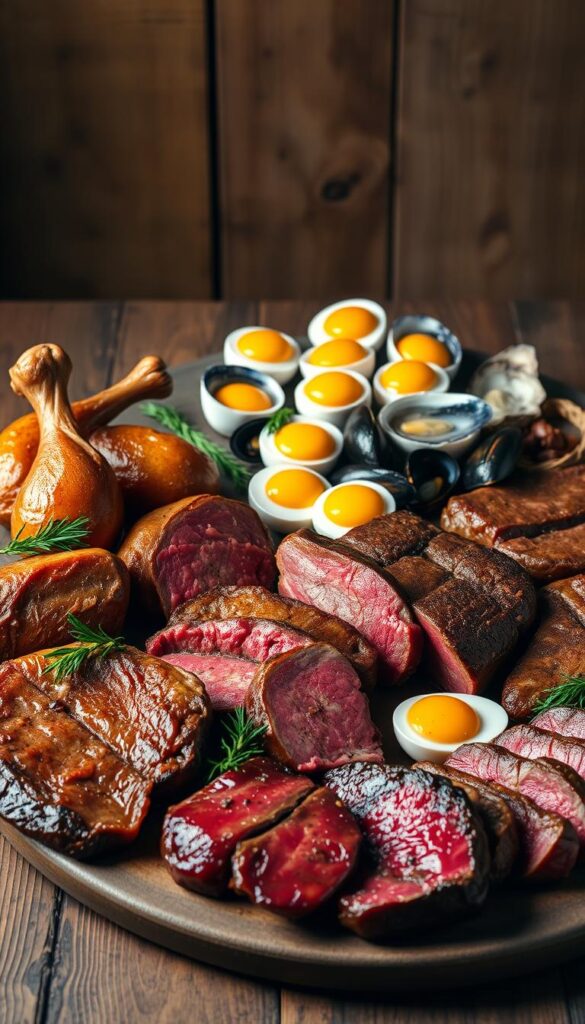
| Food | Serving Size | Iron (mg) | Key Nutrients |
|---|---|---|---|
| Beef (ground) | 3.5 oz | 2.7 | Rich in B vitamins and zinc |
| Chicken (dark meat) | 3.5 oz | 1.1 | Pair with citrus for better absorption |
| Salmon | 3 oz | 1.8 | Combines omega-3s and iron |
| Beef liver | 3.5 oz | 6.5 | Packed with vitamins A and B12 |
Seafood like oysters and clams are also great. Three ounces of oysters have 5 mg of iron, over 30% of your daily needs. Eggs, with 1 mg of iron per 2 large eggs, offer a good mix of heme iron and protein. For iron rich meat, choose lean cuts like sirloin or tenderloin. Grill, bake, or stir-fry to keep nutrients in. Avoid overcooking to keep vitamins.
- Choose iron rich meat weekly: Aim for 2–3 servings of lean beef or poultry weekly.
- Pair with vitamin C: Squeeze lemon over grilled fish or add bell peppers to a stir-fry.
- Try organ meats occasionally: Liver can be sautéed with garlic and herbs for a nutrient boost.
Even small portions count—like a 3-ounce serving of turkey breast (1.4 mg iron). Mix it up to get the most from heme iron without relying too much on one food.
The Difference Between Heme and Non-Heme Iron in Your Diet
Your body handles iron from food in two ways. Heme iron comes from animals like meat, fish, and poultry. It’s similar to the iron in your blood, so your body absorbs up to 30% of it easily.
Non-heme iron is in plants. Only 2-10% gets absorbed, but you can increase this with smart food choices.
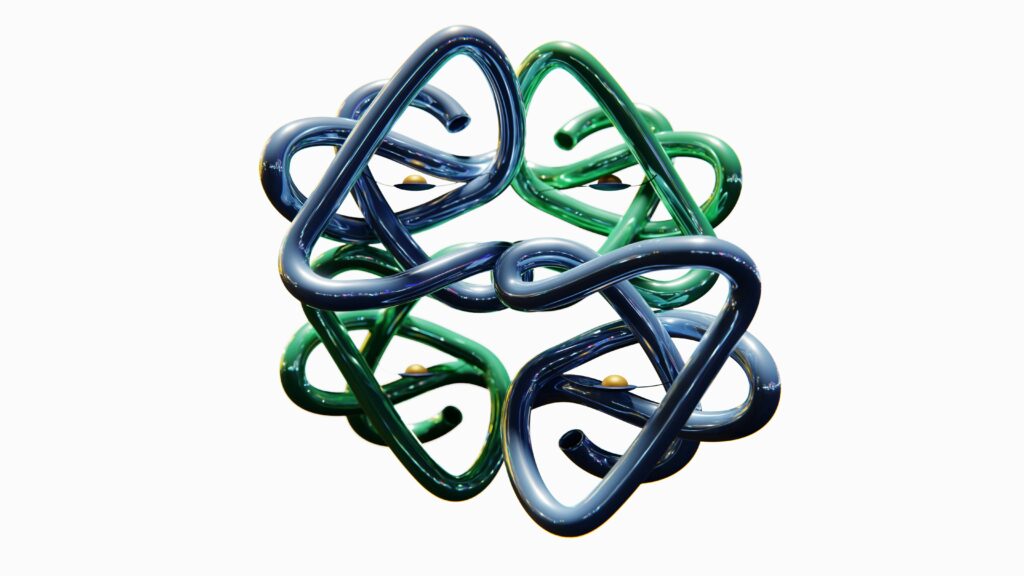
Why Heme Iron is More Readily Absorbed
Animal-based heme iron bonds with hemoglobin, making it easier for your body to use. Top sources include:
- Clams (23.8 mg per 3 oz serving)
- Oysters (7.8 mg)
- Beef liver (5.8 mg)
These foods deliver iron in a form your body recognizes instantly.
Strategies to Enhance Non-Heme Iron Absorption
Boost plant-based non-heme iron with these tricks:
- Pair with vitamin C and iron sources: Top spinach salads with orange slices or add red bell peppers to lentil soups.
- Cook in cast-iron pans: Acidic foods like tomatoes or tomatoes cooked in cast iron can release extra iron.
- Avoid calcium-rich foods during meals: Dairy products can slow absorption of non-heme iron.
Small tweaks like these turn meals like black beans or fortified cereals (6.6 mg and 6.4 mg per serving) into iron powerhouses.
Top 10 Iron Rich Foods You Should Add to Your Shopping List
Make sure your pantry has the right high iron foods. This way, your meals are both tasty and healthy. These foods are easy to find and add iron to your diet without effort.
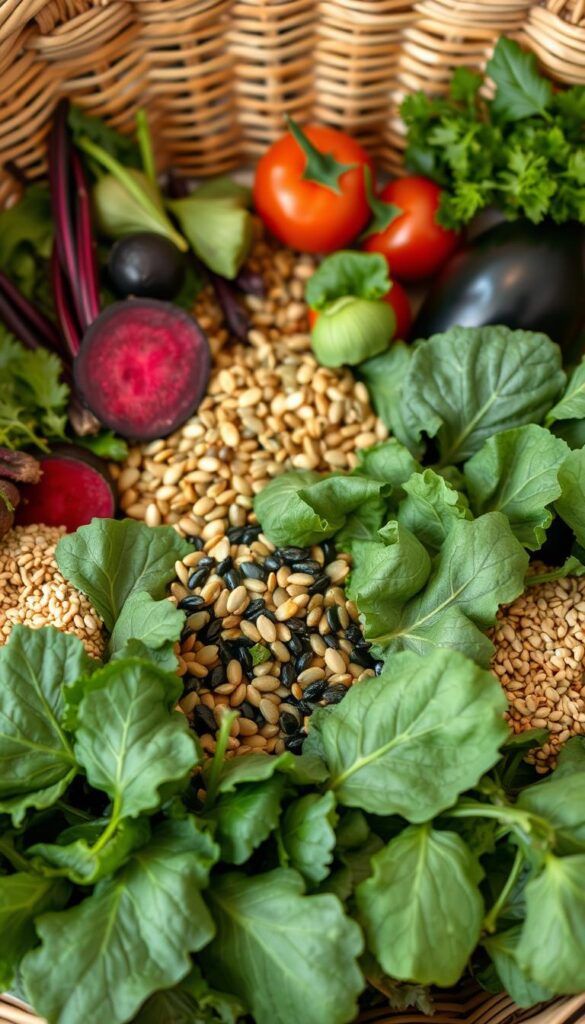
Everyday Staples High in Iron
Begin with these easy-to-find foods. They are the base for iron-rich meals:
- Spinach: One cup cooked has 6.43mg (36% DV). Add it to omelets or pasta for extra iron.
- Lentils: Each cooked cup has 6.59mg (37% DV. Great in soups or salads for fiber and iron.
- Pumpkin Seeds: One ounce gives 2.29mg (13% DV. Sprinkle on yogurt or salads for iron.
- Dark Chocolate: One ounce has 3.37mg (19% DV. Choose 70-85% cocoa for a sweet treat.
Exotic Superfoods Worth Trying
Try these uncommon but powerful foods:
- Mussel Medleys: Cooked mussels have 5.71mg per 3oz (32% DV. Steam them with garlic and lemon.
- Beef Liver: It has 5.56mg per 3oz (31% DV. Use in pate or stir-fries for vitamins.
- Quinoa: One cooked cup has 2.8mg (16% DV. Great as a base for salads or grain bowls.
Pair these iron rich foods with vitamin C-rich foods like oranges or bell peppers. This boosts iron absorption. Mix things up to meet your daily iron needs without getting bored.
Foods That Help vs. Hinder Iron Absorption
Boost your body’s ability to absorb iron by choosing the right food pairings. Iron absorption improves when you combine vitamin C-rich foods with iron sources. For example, adding a squeeze of orange juice to spinach salad helps your body soak up more iron.

- Enhance absorption with:
- Citrus fruits, bell peppers, and tomatoes (vitamin C and iron allies)
- Meat, fish, or poultry (the “meat factor” aids non-heme iron from plants
- Broccoli, strawberries, and dark leafy greens
- Avoid these inhibitors:
- Coffee or tea (tannins block absorption by up to 60%)
- Milk or cheese with meals (calcium slows absorption)
- Raw spinach with iron-rich meals (oxalates reduce uptake)
- Unsoaked beans or nuts (phytates lock iron away)
Timing matters too. Wait 30 minutes after coffee before eating iron-rich foods. Soak beans overnight or cook veggies to reduce blockers. Pair eggs with vitamin C—try a spinach omelet with red peppers!
“Small changes like adding a squeeze of lemon can make a big difference in how your body uses iron.”
Balance is key. Enjoy a turkey sandwich with tomato slices (enhancers) instead of pairing it with milk. Small swaps help your body work smarter—not harder—to get the iron it needs.
Quick and Delicious Iron-Packed Meal Ideas
Make your meals iron rich with these simple recipes. These ideas use high iron foods and nutrients that help your body absorb iron better. This makes every meal nutritious.
Pair iron-rich plant foods with vitamin C-rich ingredients to boost absorption. Try adding bell peppers to your lentil soup or squeezing lemon on your spinach salad.
Breakfast Options to Start Your Day Strong
- Spinach omelet: Whisk eggs with fresh spinach, sautéed mushrooms, and olive oil. Top with a sprinkle of Parmesan.
- Fortified oatmeal: Mix rolled oats with chia seeds, pumpkin seeds, and dried apricots. Top with banana slices and a drizzle of honey.
- Green smoothie bowl: Blend frozen mango, spinach, Greek yogurt, and almond milk. Top with goji berries, sliced almonds, and hemp seeds.
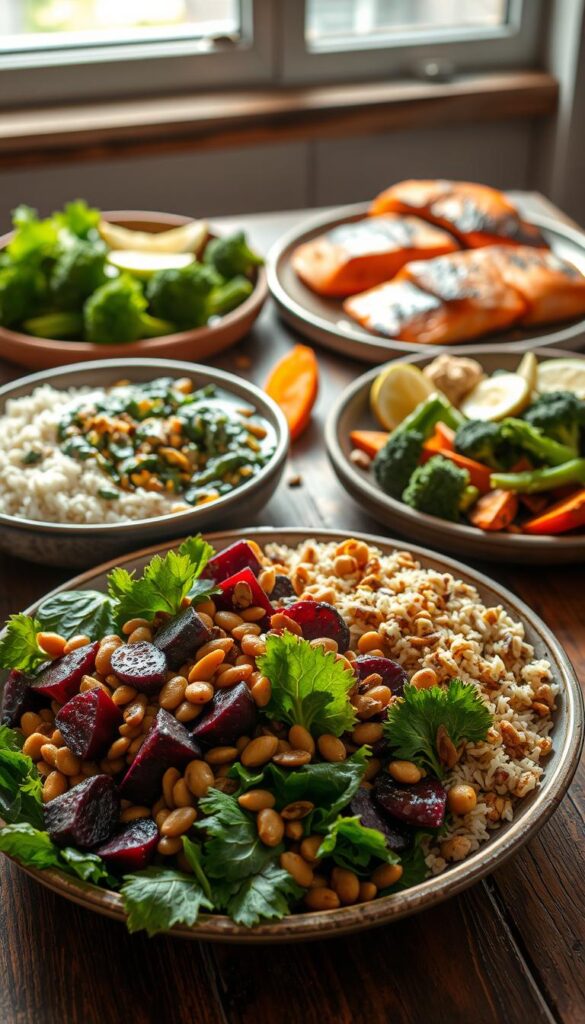
Iron-Rich Lunches and Dinners
These meals combine iron rich foods with vitamin C for maximum nutrition:
- Beef stir-fry: Cook sirloin strips with broccoli and garlic. Serve over brown rice with a soy-ginger glaze.
- Lentil and tomato stew: Simmer lentils with diced tomatoes, spinach, and red onion. Season with cumin and serve in a warm pita.
- Quinoa salad: Toss cooked quinoa with roasted chickpeas, diced bell peppers, and crumbled feta. Drizzle with lemon-olive oil dressing.
Snacks and Smoothies for an Iron Boost
Keep energy levels steady with these easy bites:
- Trail mix: Mix roasted pumpkin seeds, dried cranberries, and dark chocolate chips. Add a handful of walnuts for crunch.
- Edamame snack: Steam edamame pods and sprinkle with sea salt. Pair with whole-grain crackers and hummus.
- Green smoothie: Blend spinach, banana, almond milk, and orange juice. Add a spoonful of peanut butter for healthy fats.
Special Considerations: Iron Needs During Different Life Stages
Your body needs iron in different amounts as you grow and face health challenges. Let’s look at how your needs change at different times:

- Infants & Toddlers: Babies 7–12 months need 11mg daily for brain and muscle growth. Breastfed babies might need fortified cereals to get enough iron.
- Children: Toddlers (1–3 years) need 9mg/day, and kids (4–8) need 10mg. Iron helps them have energy and focus.
- Teens: Girls 14–18 need 15mg daily—50% more than boys. This helps with menstrual losses and growth.
- Pregnancy: Expectant mothers need 27mg/day for fetal growth and to prevent preterm risks. Many use prenatal vitamins for this.
- Older Adults: After 50, needs drop to 8mg, but absorption also drops. Eating meals with vitamin C helps.
Vegetarians and athletes might need more iron because of lower absorption from plants or more iron loss through exercise. For example, endurance athletes often need 20–33% more iron than others.
Pregnant individuals face unique challenges: 1 in 3 may experience deficiency without supplementation. After giving birth, it’s important to replenish iron stores to avoid fatigue. Women over 50 should avoid too much iron to prevent toxicity.
Knowing your daily iron intake is key to avoiding deficiency at every stage. Small changes, like adding spinach to smoothies or eating beans with citrus, can help a lot. Your body’s needs change, but the benefits of iron for energy, focus, and health stay the same.
Supplementation: When Food Alone Isn’t Enough
Iron supplements can help if you don’t get enough from food. But picking the right one and using it safely is key. Always talk to a doctor before starting.
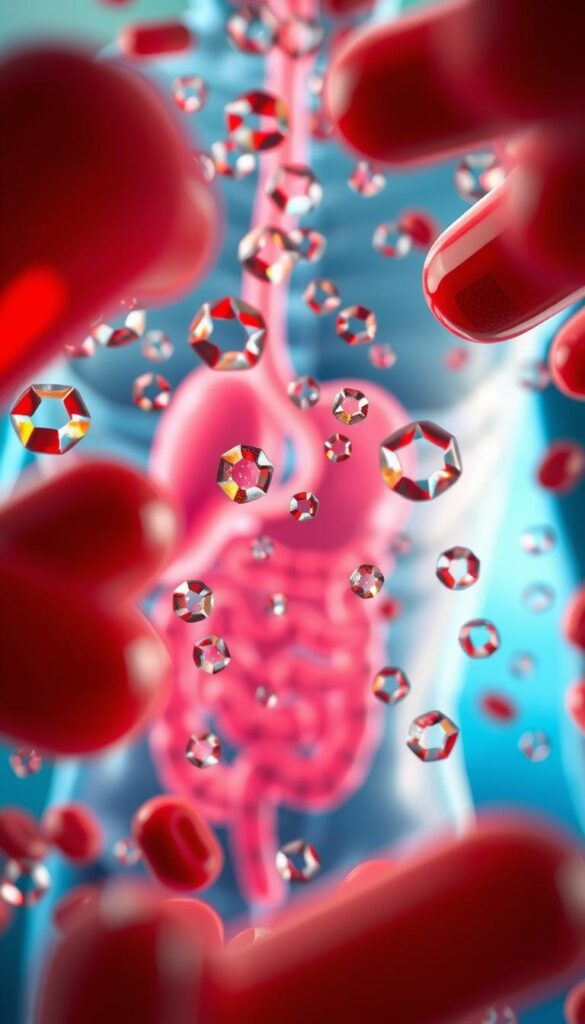
Types of Iron Supplements Available
Here are some common ones:
- Ferrous sulfate (fast-acting but may cause stomach upset)
- Ferrous gluconate (gentler on digestion)
- Iron bisglycinate (easily absorbed with fewer side effects)
- Carbonyl iron (slow release to reduce nausea)
| Type | Absorption Rate | Cost | Side Effects |
|---|---|---|---|
| Ferrous sulfate | 20-40% | Affordable | Nausea, constipation |
| Ferrous gluconate | 15-25% | Moderate | Mild digestive discomfort |
| Iron bisglycinate | 30-45% | Premium-priced | Rarely reported |
Potential Side Effects to Watch For
Watch out for these common side effects:
- Stomach cramps or diarrhea
- Blackened stools (normal and harmless)
- Iron overload risks for those with hemochromatosis
“Never self-prescribe iron supplements. Even mild overdoses can cause toxicity,” warns Dr. Emily Carter, a registered dietitian.
Supplements are for confirmed iron deficiency. They’re especially helpful for those with certain health issues or eating plant-based. Always take with foods high in vitamin C to help with iron absorption.
Conclusion: Embracing Iron-Rich Foods for Optimal Wellness
Your body can’t make iron, so eating iron-rich foods is crucial. Every meal is a chance to add more iron. Try spinach salads with citrus or lentil soups.
Plant-based foods like watercress have 4mg of iron per 100g. Lean meats also help. Mixing iron sources with vitamin C boosts absorption. Add strawberries to oatmeal or lemon to steamed veggies.
Small changes can help a lot. Sprinkle pumpkin seeds on yogurt or use blackstrap molasses in recipes. Cooking in cast iron pans adds iron too.
Public health campaigns and fortified foods help. But your choices are most important. If you feel tired or weak, see a doctor.
Iron helps you focus better and fight off sickness. Try recipes with nuts, legumes, and fortified grains. Every bite is important.
Eating well is more than just numbers. It’s about feeling great. Let this guide inspire you to make healthy, tasty meals.
FAQ
What are iron-rich foods I should include in my diet?
To boost your iron, eat a variety of foods. Include leafy greens, legumes, seeds, nuts, red meats, chicken, fish, and fortified cereals. Adding vitamin C can help your body absorb iron better.
How can I tell if I need more iron in my diet?
Signs you might need more iron include fatigue, pale skin, brittle nails, headaches, and dizziness. If you notice these, talk to a doctor.
What is the difference between heme and non-heme iron?
Heme iron, from animal products, is easier for your body to absorb (up to 30%). Non-heme iron, from plants, is harder (2-10%). Eating both types helps meet your iron needs.
Are iron supplements safe to take?
Iron supplements are okay if you need them, but only with a doctor’s advice. Too much can harm your health. Always check with your doctor before starting supplements.
What are some good meal ideas to increase my iron intake?
Try a spinach and mushroom omelet for breakfast. Then, have a lentil soup for lunch. For dinner, go for a beef stir-fry with broccoli. Snack on pumpkin seeds or dark chocolate-covered strawberries for extra iron.
How can I enhance the absorption of non-heme iron?
Eat foods high in non-heme iron with vitamin C. Add bell peppers to bean dishes or orange slices to spinach salads. Cooking with cast iron pans and avoiding calcium-rich foods during iron-rich meals also helps.
What groups of people have higher iron requirements?
Pregnant and menstruating women, infants, children, vegetarians, and athletes need more iron. Consider your lifestyle and diet when planning meals.
Can I get enough iron from a plant-based diet?
Yes! A plant-based diet with legumes, nuts, seeds, and fortified cereals can meet your iron needs. Just remember to add foods rich in vitamin C too.

